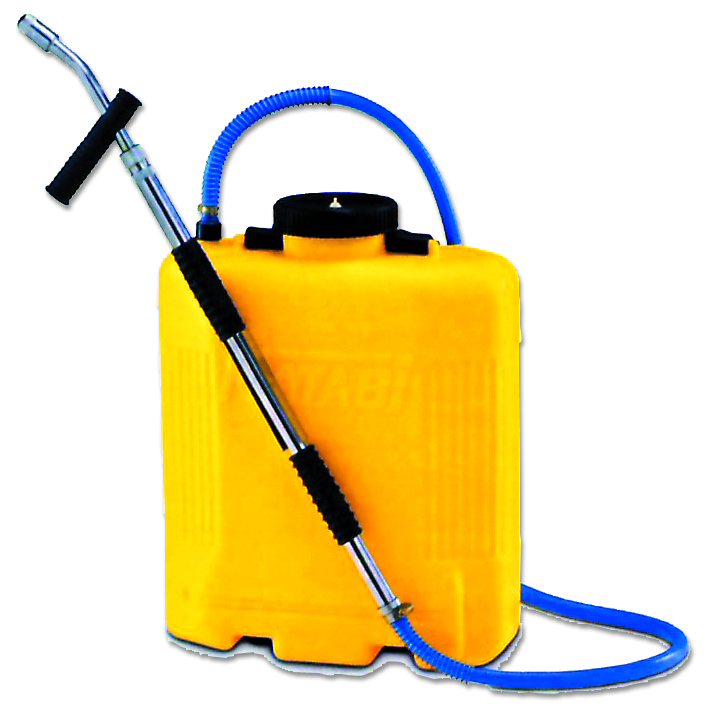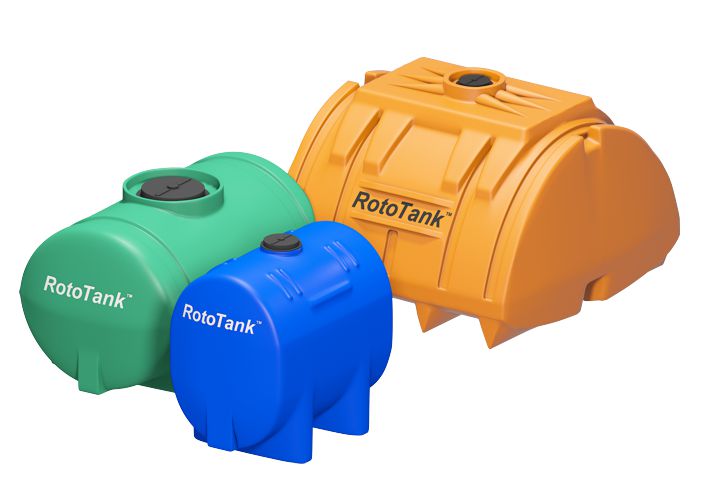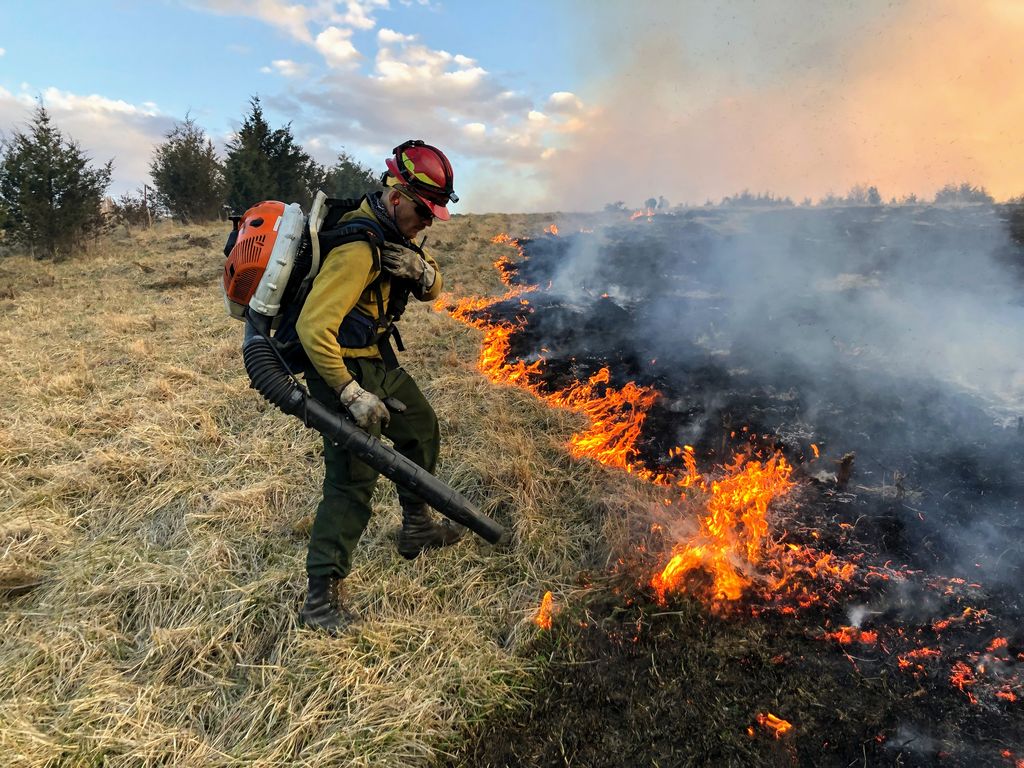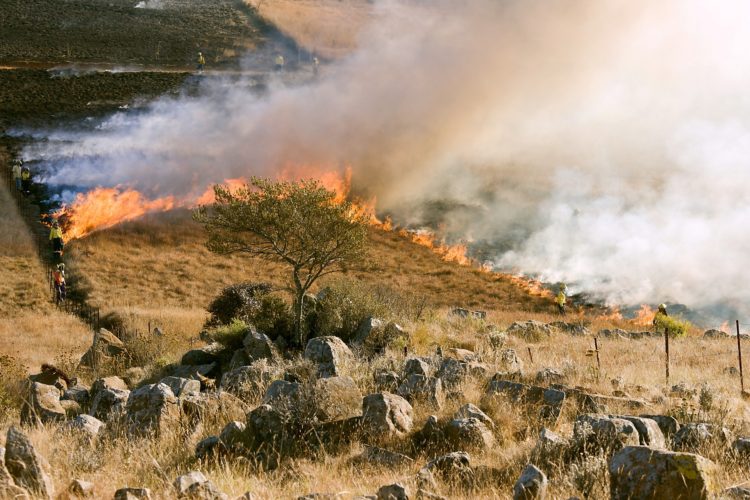From a hastily hacked off wattle branch to a custom-designed four-wheel-drive fire engine, the range of firefighting equipment available is vast. And there’s something suitable for every situation and budget.
A distinction should be made between the equipment suitable for controlling a small, controlled fire, such as when one is burning firebreaks on a windless day in short, cut grass, and that which is necessary when one is faced with a runaway veld fire crossing one’s land. Obviously, the position and size of one’s plot or farm, the terrain and surrounding veld, will all have a bearing on the choice of firefighting gear in one’s arsenal.
Hosepipe
It may not be practical on large plots but on many smaller smallholdings it may be possible to fight fires using hosepipes attached to the taps which form part of the plot’s irrigation system.
If you wish to use hoses to fight fires you must remember the following.
Firstly, the hoses should be of sufficient length to reach all corners of the plot.
Secondly, they should be in good repair and available at all times and be fitted with suitable spray nozzles. Much pressure is lost through a hole in the hose or a leaky coupling. And when you’re faced with an advancing wall of flame, even if it’s no higher than a braai fire, amazement at the lack of pressure in your hosepipe is the last thing you want.
Thirdly, the taps and hose couplings should all be compatible. This may also seem obvious but the realization that the tap in your field is not fitted with a Gardena-type click-on fitting compatible with what’s on your hose should not be made while a wall of fire advances steadily across the paddock.
And, fourth, one should ensure that whatever system is used to pump the water in the network is sufficiently powerful to achieve a decent pressure at the end of the hose.
Backpack Sprayer

If hoses are impractical one must resort to transportable water in, for example, a 16 litre hand-operated backpack sprayer. If you have these for spraying fruit trees or fertiliser they can form part of your winter firefighting arsenal if kept filled with water and readily available. Ensure before the season starts, however, that the spray nozzle fitted delivers a jet of water rather than a mist-like spray.
Ensure, also, that the pump is working. A sprayer stored filled with water (or, worse, residual insecticide spray) can seize up and be useless in a crisis.
While the fruit tree-type sprayers make adequate fire fighters for cut grass in no-wind situations their relatively short spraying distances and low throughputs make them inadequate for serious firefighting.
Carts
If you feel daunted by the prospect of carrying 16 litres of water on your back, or need something with a bigger capacity, the Waterbok is a cart on wheels, drawn by the user by a strap around his waist, and fitted with a hand-operated spray lance.

The Waterbok’s boat-shaped design is easier to pull through rough terrain and narrow spaces, while its compact size makes it easy to reach flames through fences, without having to cut the fence to allow large equipment through. The 65 litre tank is easily filled through a large lid on top ~ users can simply push the cart into a dam or river and let it fill up by itself. Out of fire season, the Waterbok can be used to spray crops or livestock.
A bit more powerful, but still unmotorised are specialist backpack firefighting units, with two-handed spray lances that one operates like a bicycle pump and which deliver water at a greater volume over a much larger distance.
Also in the portable category is a two-man pump unit. Comprising hoses, a high-pressure pump and motor mounted on a stretcher-like frame it is easily carried and has an intake pipe which can be fed from a dam, reservoir, stream or drum of water.
Units are also available which can be mounted on the back of a quad-bike. These have the advantage of a small attached water tank.
Multifire & Power of Springs manufacture small water trolleys. These hand-pushed wheeled units are fitted with 110 to 200 litre tanks and small spray units and are commonly used as high-pressure washers, or gutter cleaners, etc. But, having their own built-in water supply tank they can very adequately be used as firefighters during the dry season.
Trailer Firefighters
Also popular are the single axle trailer-mounted firefighting units which have their own water tanks, such as those manufactured by Rototank, or integral tank/pump/motor combinations that can be mounted on the back of a bakkie.

Typically, the trailer firefighters and bakkie-mounted units will have a PVC tank with a large filler hole, a pull-start engine and a high-pressure pump with one or two hoses on reels.
The advantage of the trailer units is that they can be filled and left in readiness throughout the fire season. They are, however, more expensive than the equivalent capacity bakkie-mounted set-up.
The disadvantage to the bakkie-mounted type is that it effectively renders one’s bakkie a mini-tanker for the duration of winter unless one can lift it on and off quickly.
When considering any kind of motorized firefighter an important point is to see how quickly the tank can be replenished, and how. Can the high-pressure output pump double up as a suction filler pump? How long, and of what diameter, is the filler hose (in other words, how far will it reach and long will it take to refill the tank?)
Blowers
Jet air streams can also prove effective in fighting fire ~ if used correctly ~ using theory similar to that of blowing out a candle (ie cooling the burning material to below its combusion point). Motorised backpack blowers are available specifically for firefighting. These powerful units deliver a large volume of air at very high speed, sufficient to blow out even strong fires.
For example, Husqvarna’s 380BTS is a large commercial-grade blower that delivers 19,4 cubic metres of air per minute at a nozzle speed of 320kph. This is the equivalent of a 320km-per-hour gale ~ quite enough to, simply, blow flames away.

Its 71,9cc engine is fitted with an industrial-grade two-stage air filter which enables prolonged working in dusty conditions.
Weighing only 13,2kg (less than a hand-operated backpack sprayer filled with water) the unit has the advantage of a limitless supply of air, whereas a backpack sprayer needs filling every few minutes.
The 380BTS blower has been extensively tested in forests in KwaZulu-Natal.
Similar specialist blowers are available from many other manufacturers, including Stihl, Maruyama and Shindaiwa.
Be aware that a common garden leaf blower, even a large one, is not sufficiently powerful to fight grass fires.
In addition to the equipment itself, one needs to ensure one supplies adequate personal protective equipment in the form of goggles, breathers, gloves, helmets etc, for one’s firefighting team.
This is part four in a five-part series, Preparing for Fire Season. For more, click here.

